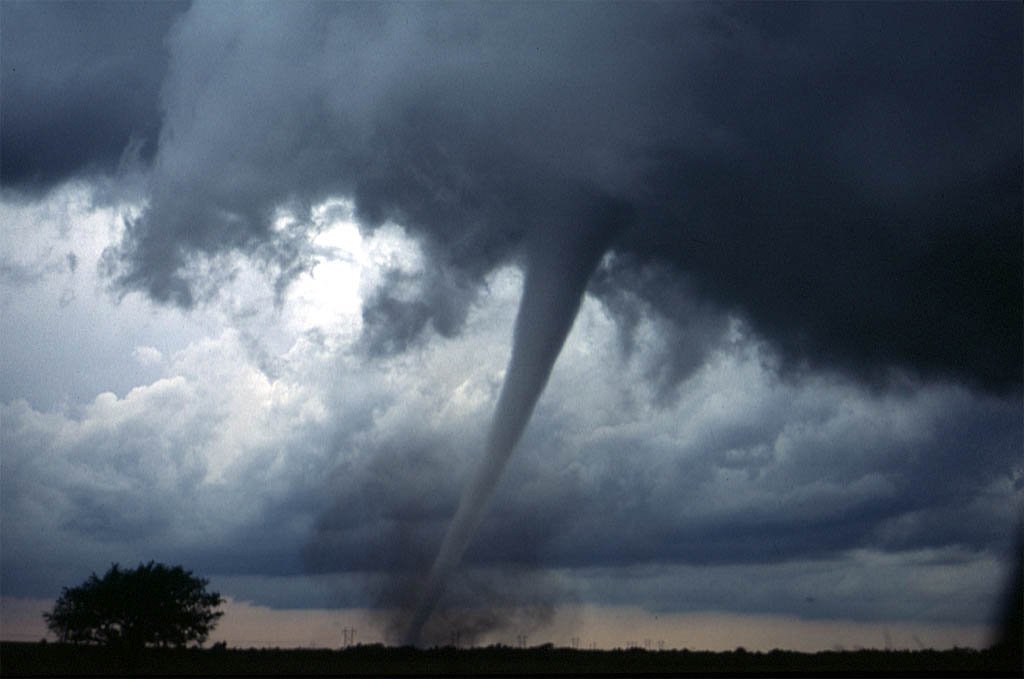As the transition between seasons unfolds, the United States braces itself for a turbulent wave of weather fluctuations.
In the beleaguered West, a potent storm unleashes wintry conditions, blanketing the region with cold temperatures and heavy snowfall. Meanwhile, across much of the central U.S., a contrasting scenario unfolds as areas experience unprecedented warmth, potentially shattering longstanding temperature records. However, amidst this warmth lies the looming threat of wind-driven wildfires and severe weather events, casting a shadow over the otherwise balmy conditions.
The unexpected surge in temperatures across the central U.S. serves as a conclusion to what has been a notably mild winter for many residents in the region. Meteorologists predict that cities like Dallas may approach or even surpass their all-time February temperature records, dating back over a century. Similar records are anticipated to be challenged in other locations such as Chicago, Green Bay, and St. Louis, highlighting the remarkable nature of this warmth.
According to meteorologists, the warmth is akin to springlike conditions, enveloping a vast expanse from the southern Plains to the Midwest. Temperature anomalies of 15 to 30 degrees above typical late-February values are anticipated in some areas, signifying a departure from the seasonal norms. Weather service experts corroborate these observations, noting that existing temperature records are being eclipsed across several states in the Midwest.
The pervasive warmth underscores a broader trend of atypical winter conditions experienced across the central and northeastern U.S. in recent months. Many states, including Michigan, Minnesota, and Wisconsin, are on course to register their warmest winter on record. This departure from conventional winter patterns prompts reflection on the evolving climate dynamics and their implications for seasonal weather phenomena.
Conversely, in the West, the storm system triggers blizzard-like conditions, posing significant hazards for travelers. The National Weather Service issues warnings for near-blizzard conditions, with heavy snowfall rates and gusty winds expected to impede visibility and create treacherous road conditions across several mountainous regions.
Simultaneously, the warmer temperatures in the central U.S. amplify the risk of wildfires, particularly across the Great Plains. Dry and gusty winds exacerbate fire weather conditions, prompting red flag warnings and fire weather watches across a broad swath of states from New Mexico to Iowa and Illinois. This heightened risk underscores the complex interplay between climatic factors and their potential ramifications for natural disasters.
Amidst the weather extremes, concerns also emerge regarding the potential for severe thunderstorms and tornadoes. The Storm Prediction Center issues alerts for scattered strong to severe thunderstorms, with the likelihood of large hail, damaging gusts, and isolated tornadoes in the upper Midwest. Cities such as Chicago, Indianapolis, and St. Louis brace themselves for the possibility of severe weather events, emphasizing the need for vigilance and preparedness.
In conclusion, the convergence of contrasting weather phenomena across the United States epitomizes the dynamic nature of seasonal transitions. While some regions bask in unseasonable warmth, others grapple with the challenges posed by wintry conditions and the associated risks of wildfires and severe weather events. As communities adapt to these fluctuations, the broader implications for climate resilience and disaster preparedness underscore the importance of proactive measures in mitigating the impacts of extreme weather events.
